Comments / Questions (26)
![]() Jeanine Reins wrote:
Jeanine Reins wrote:
Zie correctie eerste toer..
30.07.2025 - 13:11
![]() Annie wrote:
Annie wrote:
Where is the updated instruction for the 1st row please?
23.05.2025 - 10:34DROPS Design answered:
Dear Annie, not sure what ou mean here; you'll find explanation to the 1st round under the written pattern: crohet 4 chains then 7 treble crochets (UK-crochet terminology) in the first of the 4 chains (= in the 4th chain from hook) - the last 3 of the 4 chains will replace the 1st treble = there are 8 treble crochets in total, join in the round with the slip stitch in the 3rd chain from beginning of the round. Happy crocheting!
23.05.2025 - 13:27
![]() Monica Kugelberg wrote:
Monica Kugelberg wrote:
Antal varv med vit färg emellan den beige färgen, kan inte vara två varv endast. Minst 4 varv?
07.06.2024 - 15:56DROPS Design answered:
Hei Monica. Nei, det er 2 omganger staver (stolpar) med hvit mellom den beige fargen. mvh DROPS Design
10.06.2024 - 13:40
![]() Kerstin Homman wrote:
Kerstin Homman wrote:
Ska man sy ihop mössan?
13.05.2024 - 07:05DROPS Design answered:
Hej Kerstin, hatten virkas runt, så du behöver inte sy :)
14.05.2024 - 11:59
![]() Cat wrote:
Cat wrote:
Please explain “6th round: crochet 1dc in each dc but increase 6-12 dc evenly distributed = 70-76”. Is this a sizing option? Ie choose how much to increase in only that one row, Or is it increase by 6 stitches over 2 rows, first to 70, and then to 76? Same question applies to last line of instructions for the brim. Thank you!
18.04.2024 - 15:38DROPS Design answered:
Dear Cat, this hat is available in 2 sizes: S and L, in the first size you will have to increase 6 dc evenly and in the 2nd size you will have to increase 12 dc evenly - read more on how to increase (or decrease) evenly in this lesson - same for the 16-20 increases: 16 in the first size and 20 in the 2nd size. Happy crocheting!
18.04.2024 - 16:01
![]() Sissel wrote:
Sissel wrote:
Hei, jeg har tenkt å hekle hatt som passer utenpå min sykkelhjelm. Jeg har ingen erfaring i hekling, men det løser seg nok. Mitt spørsmål er hvordan øker jeg størrelsen til oppskriften? Hjelmen min (Yakkay) er 72 cm utenpå i omkrets.
23.02.2023 - 13:19DROPS Design answered:
Hei Sissel. Sjekk heklefastheten og øk deretter til du har det maskeantallet som vil gå rundt hjelmen din. Du hekler 1 maske mer før det økes på hver omgang. mvh DROPS Design
27.02.2023 - 13:24
![]() Nora Luise wrote:
Nora Luise wrote:
Viss ein skal erstatte første st i kvar omg med 3 lm, blir det litt stort mellomrom kvar omg i starten (for då er det jo ingen stav som er hekla i det første "holet"/st dei omg det starter med ein st i st frå sist runde..?
27.06.2022 - 14:20DROPS Design answered:
Hei Nora. Du hekler 3 luftmasker for å komme "opp" i høyden / alle maskene blir i samme høyde (3 luftmasker = 1 stav i høyden). Det skal ikke bli noen særlig stort hull. Men ta gjerne en titt på hjelpevideoen som du finner under oppskriften: "Hvordan hekle rundt med staver " mvh DROPS Design
04.07.2022 - 10:00
![]() Kerstin Döchert wrote:
Kerstin Döchert wrote:
Wie kann ich die Anleitung in feste Maschen umrechnen oder halbe Stäbchen....ich möchte, dass der Hut nicht so große Löcher hat. Ist Baumwollgarn am besten geeignet? LG
14.03.2022 - 20:21DROPS Design answered:
Liebe Frau Döchert, leider können wir nicht jede Anleitung nach jeder Anfrage umrechnen, aber hier finden Sie alle unsere gehäkelten Sommerhüte, davon einigen mit nur festen Maschen gehäkelt; gerne wird Ihnen Ihr DROPS Laden gerne behilflich - auch telefonish oder per E-Mail - sein. Viel Spaß beim häkeln!
15.03.2022 - 09:53
![]() Valerie wrote:
Valerie wrote:
Bonjour. Comment répartir les 12 augmentations sur 64 mailles..je me souviens d'une division. Donc 64÷12=5,3..?crocheter 5 mailles et augmenter?
10.07.2021 - 19:39DROPS Design answered:
Bonjour Valérie, cette leçon explique comment augmenter ou diminuer à intervalles réguliers. Bon crochet!
12.07.2021 - 07:31
![]() Linnéa wrote:
Linnéa wrote:
Har en till fråga, när ska sista ökningen göras? Ska det vara efter första randen beige eller när man påbörjar den sista biten i vitt dvs efter andra raden beige? Mvh Linnéa
10.07.2021 - 14:47DROPS Design answered:
Hej Linnea, ja det stemmer :)
13.07.2021 - 14:53
Beach Bucket#beachbuckethat |
|
 |
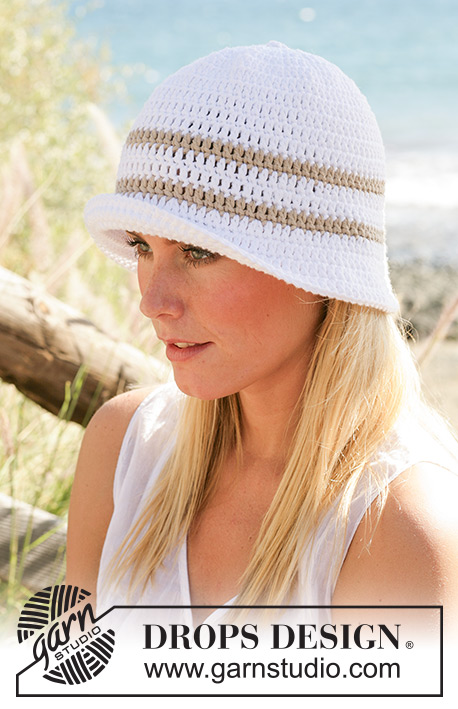 |
DROPS Crochet hat in ”Paris”
DROPS 99-22 |
|
|
Crochet tension: 14 tr in width x 9 rows using crochet hook size 5 mm and Paris = 10 x 10 cm Crochet info: Substitute the first tr on each round with 3 ch . Finish each round with 1 sl st in the 3rd ch beg. of round. Hat: Read crochet info! 1st round: Crochet 4 ch using hook size 5 mm and white Paris. Crochet 7 tr in the first ch, and finish with a sl st in the 3rd ch beg. of round = 8 tr. 2nd round: Crochet 2 tr in each tr = 16 tr. 3rd round: Crochet 2 tr in each tr = 32 tr. 4th round: Crochet *1 tr in the first tr, 2 tr in the next tr* repeat from *-* = 48 tr. 5th round: *1 tr in each of the first 2 tr, 2 tr in the next tr*, repeat from *-* = 64 tr. 6th round: Crochet 1 tr in each tr but inc. 6-12 tr evenly distributed = 70-76 tr. Crochet 1 tr in each tr until the piece measures approx. 11-12 cm. Continue to crochet 1 round with beige, 2 rounds with white and 1 round with beige. Now finish the hat with white at the same time on the first round inc. 16-20 tr evenly distributed = 86-96 tr. Crochet 1 tr in each tr until the piece measures approx. 21-23 cm. Cut and sew the thread. |
|
Have you finished this pattern?Tag your pictures with #dropspattern #beachbuckethat or submit them to the #dropsfan gallery. Do you need help with this pattern?You'll find 6 tutorial videos, a Comments/Questions area and more by visiting the pattern on garnstudio.com. © 1982-2025 DROPS Design A/S. We reserve all rights. This document, including all its sub-sections, has copyrights. Read more about what you can do with our patterns at the bottom of each pattern on our site. |
|










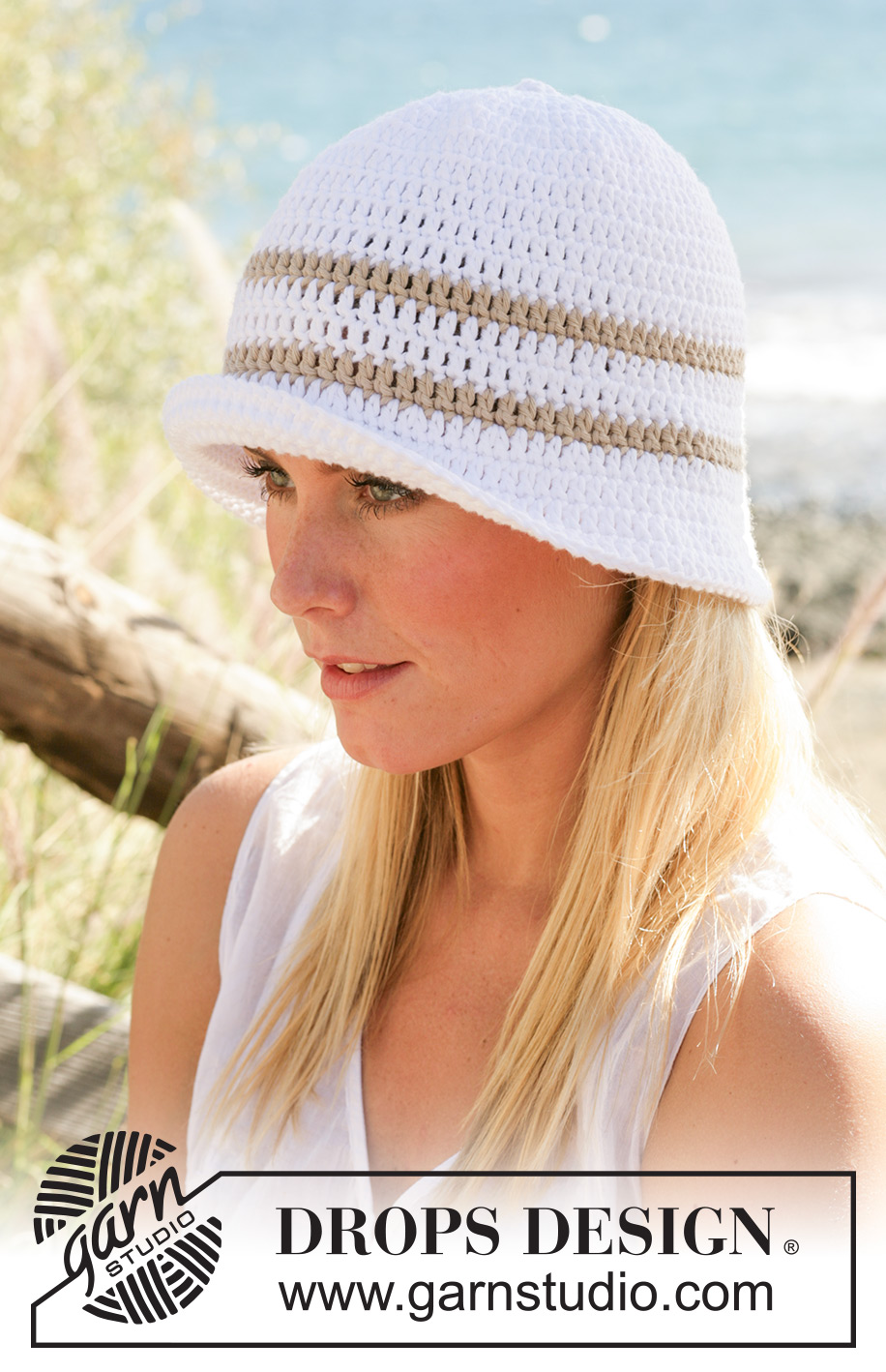


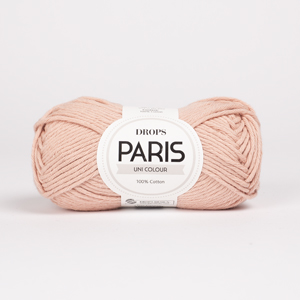
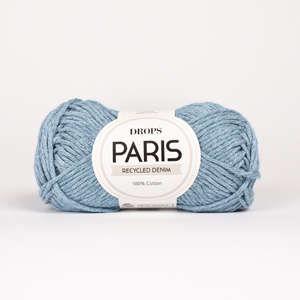















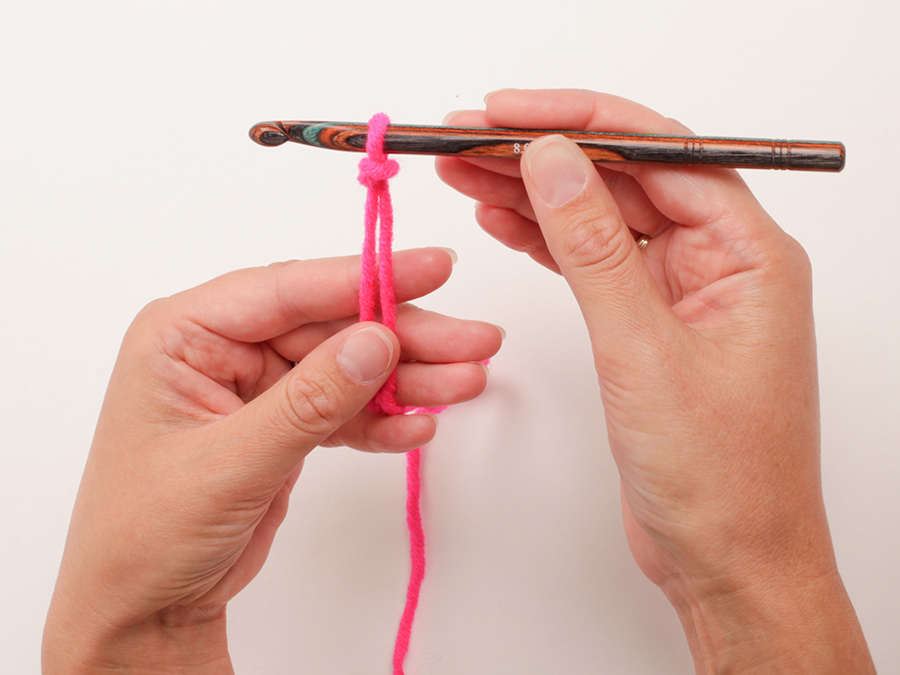
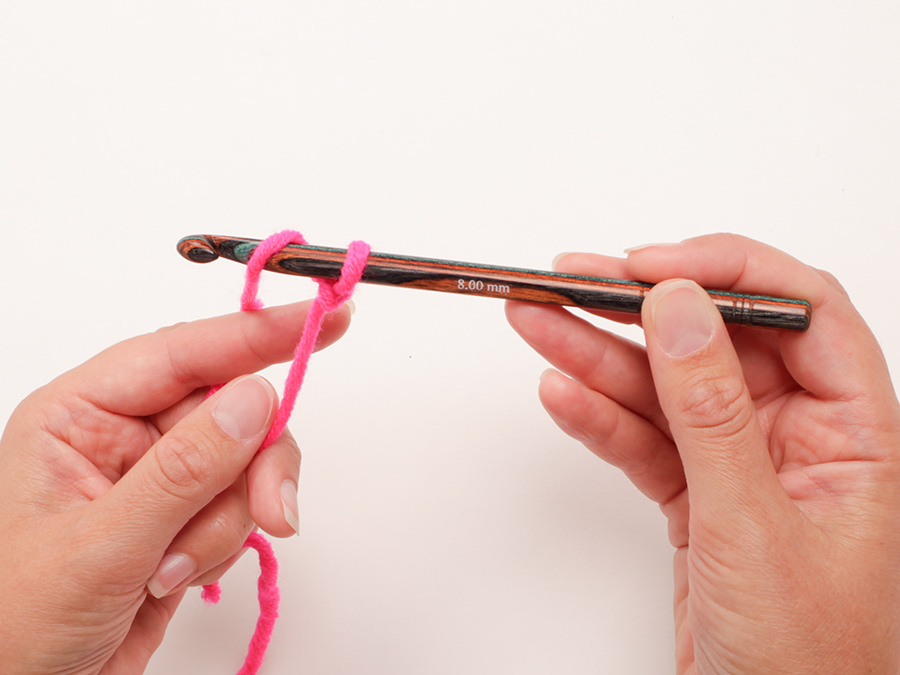

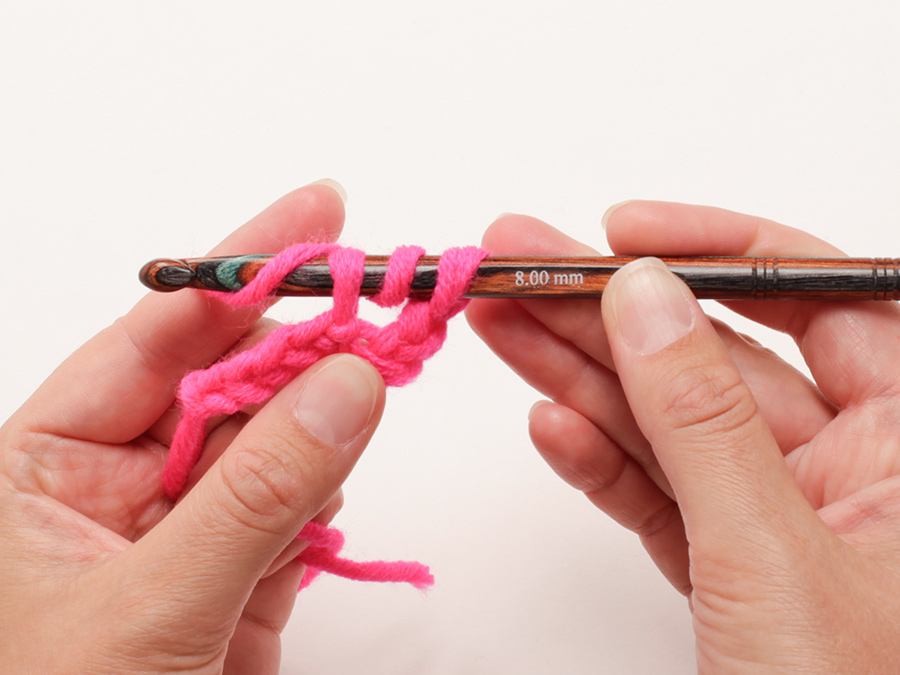


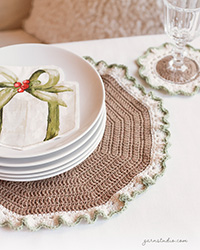
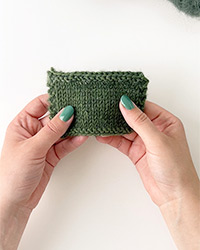

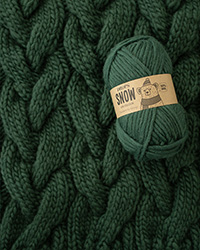
Post a comment to pattern DROPS 99-22
We would love to hear what you have to say about this pattern!
If you want to leave a question, please make sure you select the correct category in the form below, to speed up the answering process. Required fields are marked *.